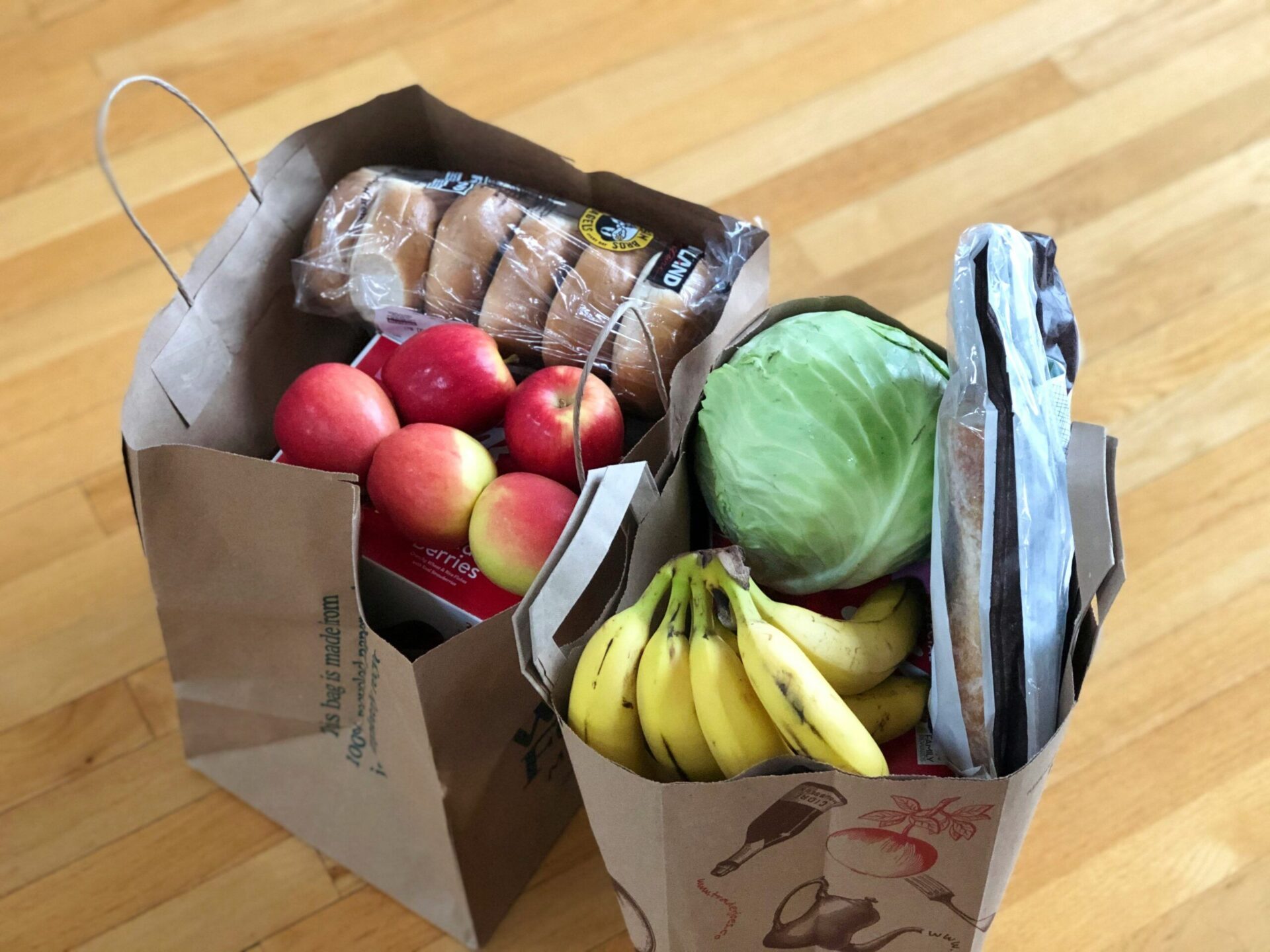In recent years, the cost of groceries has steadily increased, placing a strain on household budgets and adding pressure to already tight financial situations. Whether due to inflation, global supply chain disruptions, or other economic factors, the rising price of everyday essentials is a reality that many Canadians are facing. In fact, according to the National Post, it’s thought that the average family grocery bill will increase by another $800 this year. In this article, we explore the reasons behind this surge in the rising cost of groceries, its impact on families, and most importantly, practical steps you can take to manage grocery costs effectively.
Understanding the rising costs of groceries
The price of groceries has been rising across Canada, driven by factors such as inflation, higher transportation costs, and disruptions in the global supply chain. In October 2024, the cost of food in Canada increased by 2.80% compared to the same month in the previous year. As a result, Canadians are spending more on groceries, often without seeing any significant change in the quality or quantity of what they receive. In addition to these external factors, the depreciation of the Canadian dollar can make imported goods more expensive, impacting everything from packaged food to international products. These rising prices are a growing concern for households, especially those already grappling with high debt or limited income.
The impact on families
For many families, the rising cost of groceries means making tough decisions. If food prices increase without a corresponding increase in income, families may need to adjust their spending in other areas, such as entertainment or transportation. This can lead to a reduced quality of life and increased stress. Food insecurity is also becoming a more pressing issue, with more Canadians struggling to afford healthy, nutritious meals. Families may find themselves opting for cheaper, less healthy options, which can have long-term health implications. The rising grocery bills are contributing to a sense of financial pressure, especially for those living paycheque to paycheque or managing existing debt.
How to handle the rising cost of groceries
While the rising cost of groceries is beyond your control, there are several ways to manage this challenge without sacrificing your financial wellbeing. Here are 7 practical tips to help you handle rising grocery costs effectively:
1. Plan your meals and shop smart
Creating a meal plan for the week ahead can help you avoid impulse purchases and ensure you’re buying only what you need. Take inventory of what you already have in your pantry and fridge to avoid buying duplicate items. Shopping with a list and sticking to it can help you stay within budget.
2. Take advantage of coupons and discounts
Many grocery stores offer discounts, loyalty programs, and digital coupons that can help reduce your total bill. Take some time to research deals and use apps that track sales or offer discounts for your favourite products. Even small savings can add up over time.
3. Buy in bulk
Buying in bulk can be an effective strategy for long-term savings, especially for non-perishable items like grains, pasta, and canned goods. It may seem like a larger upfront investment, but purchasing in bulk often reduces the cost per unit, saving you money in the long run.
4. Shop for seasonal and local produce
Seasonal fruits and vegetables are often less expensive than out-of-season varieties, and they tend to be fresher and more flavourful. Local farmers’ markets or community-supported agriculture (CSA) programs can offer affordable and healthy options.
5. Consider generic or store brands
Many store-brand products offer the same quality as name-brand items at a lower price. Switching to generic products for staples like cereal, milk, and pasta can help reduce grocery costs significantly.
6. Reduce food waste
Food waste is a significant contributor to higher grocery bills. By storing food properly, using leftovers creatively, and composting scraps, you can reduce waste and save money. Make sure to use perishable items before they spoil and freeze extras for later.
7. Budget and track spending
Establishing a grocery budget and tracking your spending can help you stay on top of rising costs. Our budget template is perfect for helping you to monitor your grocery expenditures and make adjustments when needed.
What to do if debt is holding you back
If the rising cost of groceries is adding to your financial strain and contributing to debt, it may be time to consider professional debt relief options. Debt can cause significant stress and mental health issues, particularly when essential expenses like food are becoming harder to afford. Spergel offers debt relief solutions, such as consumer proposals and bankruptcy options, which can help you regain control of your finances and relieve some of the pressure caused by mounting debt. By seeking professional advice from a Licensed Insolvency Trustee (the only professionals in Canada legally able to file all forms of debt relief), you can navigate the challenges of rising grocery costs and find a path to financial stability. Reducing debt can free up resources, allowing you to focus on your daily needs and enjoy a better quality of life.
The rising cost of groceries and how to handle it: FAQs
Here are some of the most common questions we receive about the rising cost of groceries in Canada:
Why are grocery prices increasing in Canada?
Grocery prices in Canada are increasing due to a combination of factors, including inflation, rising transportation and labour costs, and disruptions in global supply chains. Weather events and crop shortages have also led to higher prices for fresh produce and meat. Additionally, the depreciation of the Canadian dollar has made imported goods more expensive, further contributing to the overall increase in grocery costs.
How much will food cost in Canada in 2025?
According to Canada’s Food Price Report 2025, overall food prices are projected to increase by 3% to 5% in 2025. This means the average family of four is expected to spend approximately $16,833.67 on food, an increase of up to $801.56 from the previous year.
What is the food inflation rate in Canada?
As of October 2024, the food inflation rate in Canada was 2.80%, reflecting the ongoing increase in grocery prices. This rate varies across different food categories, with some items, such as fresh produce and meat, seeing higher price hikes due to factors like supply chain disruptions, weather events, and higher transportation costs. This inflation rate continues to put pressure on household budgets, especially for families already facing financial challenges.
The rising cost of groceries is a challenge that many Canadians are currently facing, and its effects are being felt across households. Yet with careful planning, budgeting, and smart shopping strategies, you can mitigate the impact of these price hikes. If debt is making it even harder to manage rising costs, consider exploring debt relief options with Spergel to regain financial control and achieve peace of mind. Book a free, no-obligation consultation with one of our debt relief experts today.
What to read next
- Budgeting 101: how to get started with your budget
- The average cost of living in Canada: a breakdown by province in 2025
- How inflation could affect Canadians in 2025: what you need to know
- The growing demand for food banks in Canada: what you need to know
- How to reduce your current bills: tips to save money



















